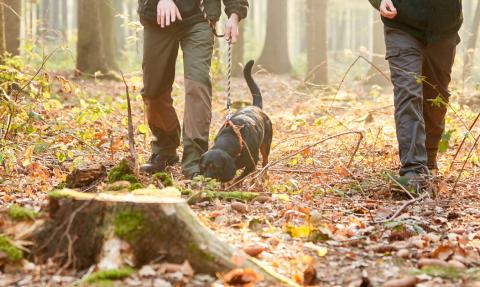
Profile
- Beavers can build a large dam from scratch in about a week.
- One beaver dam can flood and destroy thousands of acres of timber.
- The U.S. Department of Agriculture estimates that beaver’s cause $100 million in damage to public and private property in the Southeast.
- A beaver has a flat scaly tail used for swimming, diving, signaling alarm and maintaining balance while cutting trees and eating.
- Beavers rely heavily on their sharp sense of smell.
- Beavers are herbivores and are equipped with special stomach glands as well as a pre-digestive chamber, which aids in the digestion of wood and bark.
- Beavers incisors have to grow continuously to keep up with the wear and tear of tree cutting and eating habits.
Reproduction
- At around 2 years of age, beavers are forced out of their colonies and will begin searching for a new home and mate.
- Beavers will make multiple sent mounds in close proximity to each other to attract mates.
- At 2-3 years of age, beavers will pick a mate and mate for life unless one of them is killed.
- Breeding begins during the late winter months and will extend through the early spring months
- Their offspring, or “kits” are born fully furred with eyes open and are able to swim almost immediately after birth.
- A colony can contain up to 12 beavers and usually will consist of one adult breeding pair, newborn kits and yearlings from the previous year.
Beaver Trivia
1. What is the average age an adult beaver will reach in the wild?
a. 1-5 years
b. 6-10 years
c. 11-14 years
d. None of the above
2. Scent found in beaver castor is a common ingredient in perfumes
(True or False)
3. Beavers have excellent eyesight and rely on it daily.
(True or False)
4. Beavers are able to swim within 24 hours of being born.
(True or False)
Quick Facts
- Beavers incisors can grow more than 4 feet a year.
- Prehistoric beavers were believed to reach 400lbs and 8 feet in length.
- In the colonial ages, beaver trapping contributed to shifting economic and political alliances between Europeans and Native Americans.






























